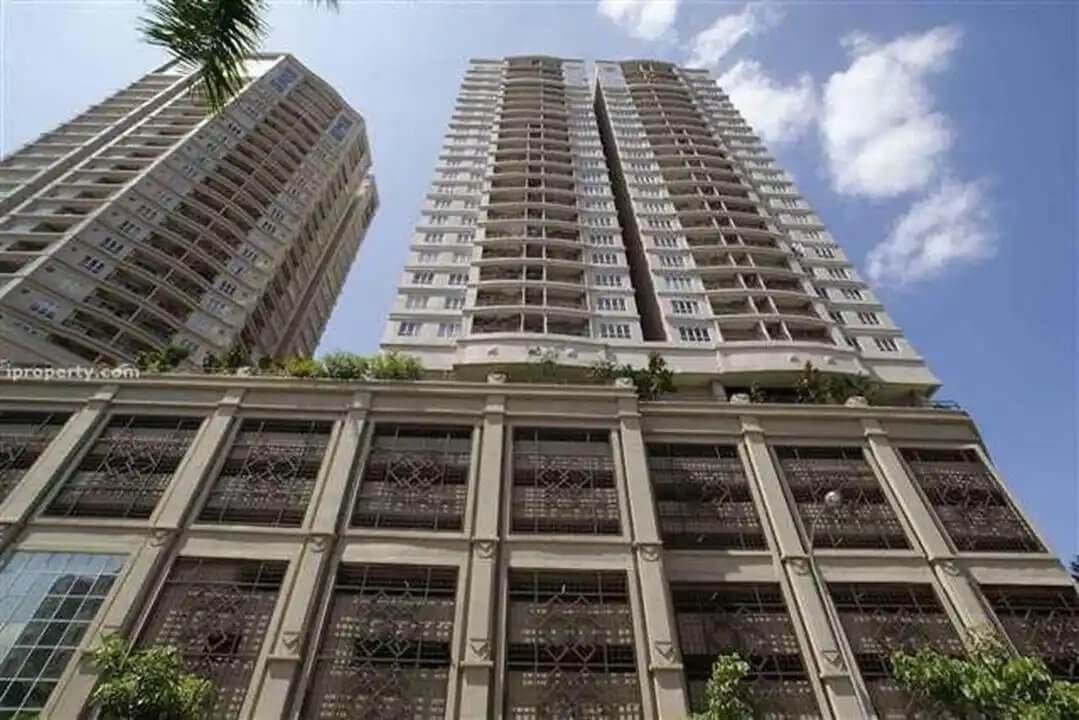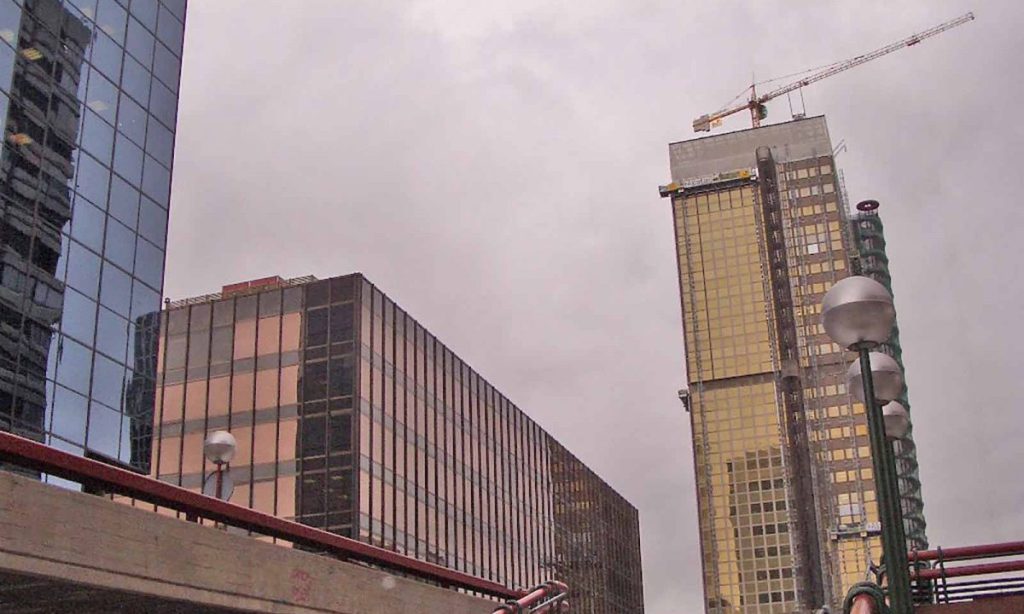A Look into Madrid’s Largest Fire
The Windsor Tower (Spanish: Torre Windsor) was an office building in the financial center of Madrid, Spain. Built in 1979, it was 106 m high and had 32 floors of which 29 were above ground level and 3 below, thus ranking it as the eighth tallest building in Madrid (and 23rd in Spain). The building was gutted by a huge fire on February 12, 2005, and partially collapsed; it has since been demolished.
The building, located at Calle Raimundo Fernández Villaverde 65, had a total area of 20,000 square metres (220,000 sq ft) and was one of the first modern towers in Madrid. The tower was designed in 1974 by a team of six important Spanish architects and was constructed between 1975 and 1979.
When a 32-story high-rise in the center of the financial district quickly turned into a towering inferno, it showed just how important fire protection truly is. As it so happened, that building was undergoing an extensive fire protection renovation that had not yet been completed. The fire caused $72 million in damage to the building. Fire sprinklers reduce property damage by 70% on average and extinguish the fire in less than half the time it takes for fire crews to arrive in many cases. So, if the fire protection had been completed, it is fair to say the outcome would likely have been different.
Characteristics of the Windsor Tower building
In 1979, the eighth tallest skyscraper was built in Madrid, Spain within the financial center of the city. The Windsor Tower boasted 106 meters and 32 floors. At the time it was built, fire protection measures were lacking, so, to meet new building code, the Windsor was undergoing fire protection upgrades on February 12, 2005, when a fire detected on the 21st floor destroyed the building.
The 32-story concrete building with reinforced concrete core had a two-way spanning 280 MM waffle slab supported by the concrete core, internal RC columns with additional 360 MM deep steel I-beams, and steel perimeter columns. Floor by floor, fire protection was being added to the building, starting at the bottom floor. The three year project included fire protection to the perimeter steel columns using a boarding system, fire protection to the internal steel beams using a spray protection, a sprinkler system, and a new aluminum cladding system. At the time of the fire, the fire protection for all floors below the seventeenth were close to complete, except floors 9 and 15. The gaps between the cladding and the floor slabs had to be sealed with fireproof materials still. In addition, the fire stopping to voids and fire doors to vertical shafts were not fully installed and the fire sprinklers were just beginning to be installed.

The building was adopting an open floor plan concept, so fire compartmentation could only be done floor by floor. Vertical compartmentation couldn’t fully be achieved because of the lack of firestop systems in floor openings and between the original cladding and floor slabs.
Its distinctive appearance was due to its elemental geometry, lacking composite elements. Its façade was completely covered by reflective glass-like panels that mirrored the sky of Madrid, diminishing its visual impact. The structure was divided into two halves by a mechanical floor without windows. It was a very solid building, with a central core of reinforced concrete that resisted the high temperatures of the fire without collapsing. The building did not have a fire sprinkler system. Sprinklers were being retrofitted, but they were not yet operable when the building was destroyed by fire.
Disaster
Around midnight, on Saturday, February 12, 2005, a fire was detected on the 21st floor of the building. The fire spread quickly throughout the entire building, leading to the collapse of the outermost, steel parts of the upper floors. It took firefighters about 24 hours to extinguish the fire. In the aftermath, seven firefighters were injured, but nobody was killed during the disaster. However, the building was a total loss, which was arguably the worst in Madrid’s history. The fire was blamed on an electrical fault. [citation needed]
The city council of Madrid covered the cost of demolishing the remains of the building, thought to be some EUR 22 million (USD $32.5 million). Demolition was completed in August 2005, and a 23-story replacement called Torre Titania was built from 2007 to 2011.
The Aftermath of Windsor Tower fire
The fire was originally thought to have been started from an electrical short-circuit; however, police discovered that a door was forced open. Additionally, amateur video footage shows what appears to be people moving throughout the eighth floor, below the fire. Other video footage shows lights inside the building, after it was thought that the lights went out. It is still unclear what the true cause of the fire was.
It took 24 hours to completely extinguish the fire. The fire caused $72 million (pre-renovation) in damages.
Following the fire, it was determined that the following factors lead to the rapid growth of the fire:
- Lack of effective firefighting measures, such as automatic fire sprinklers.
- Open floor plan.
- Failure of vertical compartmentation measures in the façade system and floor openings.
- The fire protection on the existing steelworks below the 17th floor had been completed, except for the 9th and 15th floors. When the fire moved to the unprotected floors, the columns buckled, but did not cause a collapse.
The Windsor Tower fire acts as an excellent example of why high-rise fire protection is an absolute necessity. If the fire protection was completely installed at the time of the fire, it is likely that the fire would have been contained to the floor of origin, greatly reducing the amount of damage to the building.







